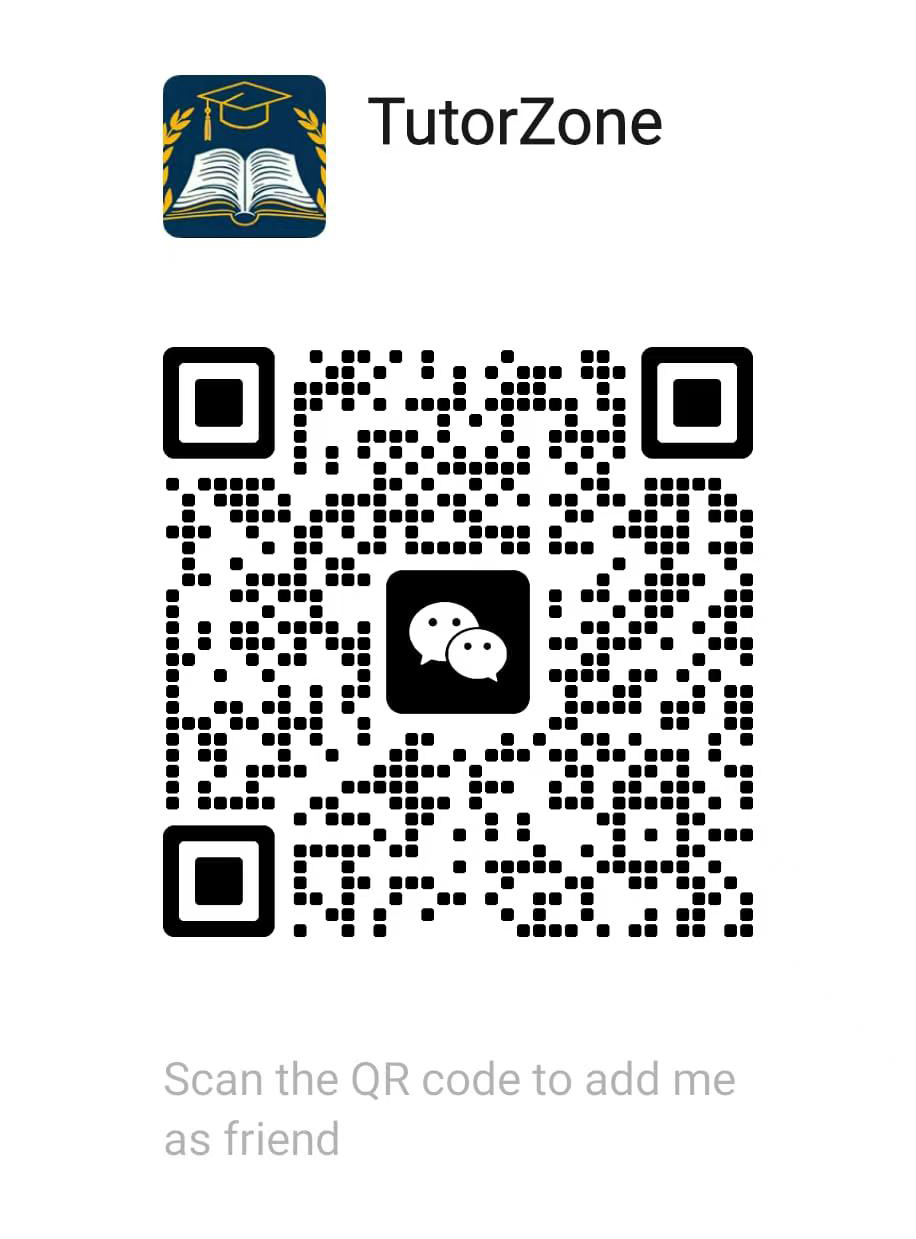Primary Mathematics tutor
- 2025-05-11
Mathematics Curriculum in Hong Kong Primary Schools | Key Objectives and Teaching Methods
Introduction to Mathematics in Hong Kong Primary Schools
Mathematics in Hong Kong primary schools focuses on basic skills and practical application, with a curriculum designed to progress from concrete to abstract concepts. The course emphasizes logical reasoning, and in the future, it will place greater importance on interdisciplinary integration and the use of digital tools to equip students for a technology-driven society. As one of the core subjects in primary education, the Mathematics curriculum aims to cultivate logical thinking, computational skills, and the ability to solve real-world problems.
1. Curriculum Goals of Mathematics in Primary Schools
The primary objectives of the Mathematics curriculum include:
- Basic Arithmetic: Mastering the four basic operations (addition, subtraction, multiplication, and division) and applying them in daily life.
- Space and Geometry: Understanding the properties of geometric shapes (such as symmetry and angles) and simple measurements.
- Data Handling: Learning basic statistics (e.g., chart analysis and mean calculations).
- Logical Reasoning: Developing critical thinking and problem-solving skills through mathematical problems.
- Secondary School Connection: Laying the foundation for secondary school mathematics and STEM subjects.
2. Mathematics Curriculum Content (By Grade)
The Mathematics curriculum is divided into six learning stages, with content gradually becoming more advanced:
(1) Lower Primary (Grades 1–3)
Numbers and Algebra
- Basic operations: Addition and subtraction (up to 20) in Grade 1, multiplication and division tables (Grade 2–3).
- Fraction concepts: Simple fractions such as ½, ¼.
- Money and Time: Currency calculations (Hong Kong dollars) and reading clocks.
Space and Geometry
- Recognizing 2D shapes (squares, circles) and 3D shapes (cubes, spheres).
- Simple symmetry and pattern arrangements.
Measurement
- Comparison of length, weight, and volume (units: cm, kg, L).
(2) Upper Primary (Grades 4–6)
Numbers and Algebra
- Large number calculations (millions, billions) and conversions between decimals and percentages.
- Mixed operations (e.g., 12 + 3 × 4).
- Basic algebra: Simple equations (e.g., x + 5 = 10).
Space and Geometry
- Angle calculation (acute, obtuse angles) and classification of triangles and quadrilaterals.
- Perimeter, area, and volume formulas (e.g., area of a rectangle = length × width).
Data Handling
- Statistical charts (bar charts, line graphs).
- Introduction to probability (e.g., likelihood terms like “certain,” “likely”).
3. Teaching Methods for Mathematics
Hands-on Learning:
- Using tools (e.g., blocks, balance scales) to understand abstract concepts.
Contextual Teaching:
- Incorporating real-life examples, such as shopping for change or planning travel routes, to explain mathematical ideas.
Inquiry-Based Learning:
- Discovering mathematical principles through activities like paper folding to understand symmetry.
Digital Tools:
- Using calculators, mathematics software (e.g., GeoGebra), and online platforms to enhance learning.
4. Assessment Methods in Mathematics
(1) Internal Assessments
- Written Exams: Main focus includes:
- Multiple choice questions (testing concept comprehension).
- Short answer questions (solving step-by-step calculations).
- Applied problems (solving real-life scenarios).
- Practical Assessments: Such as measuring classroom dimensions or creating statistical graphs.
- Project-Based Learning: Group activities like “designing the cheapest party budget” allow students to apply problem-solving skills.
(2) Territorial Assessments
- TSA (Territorial System Assessment): Students in Grades 3 and 6 are required to participate in TSA, which evaluates core mathematical skills.
5. Textbooks and Resources
Commonly Used Textbooks:
- Modern Mathematics by Modern Education Research Association
- New Century Mathematics by Oxford
- Happy Learning Mathematics by Education Publishing House
Supplementary Practice:
- Books like Daily Ten Questions and Mathematical Olympiad Training.
Online Resources:
- Mathland by the Hong Kong Education Bureau.
- Khan Academy (Chinese version) for supplementary lessons.
6. Transition to Secondary School Mathematics
The primary school mathematics curriculum sets a solid foundation for more advanced mathematical topics in secondary school, including:
- Arithmetic Extension: From basic operations to more advanced topics like exponents and radicals.
- Geometry Expansion: Transitioning from basic shapes to Pythagoras’ theorem and trigonometric ratios.
- Algebra Advancement: From simple equations to topics like quadratic equations and functions.
7. Recent Reforms and Challenges in Mathematics Education
(1) STEM Education Integration
- Strengthening the connection between Mathematics, Science, and Technology, such as:
- Using Scratch programming to understand coordinate geometry.
- Learning 3D printing to explore 3D shapes and volume.
(2) Emphasis on Applied Mathematics
- Increasing focus on practical, real-world problems like:
- Environmental data analysis.
- Personal finance planning (e.g., budgeting).
(3) Addressing Learning Differences
- Schools implement group teaching or school-based remedial programs to accommodate students at different learning levels.
8. Parental Support and Suggestions for Mathematics Learning
Everyday Learning:
- Encourage math practice in everyday life, such as comparing prices at the supermarket or measuring ingredients in cooking.
Game-Based Learning:
- Play math-related games like Monopoly to practice calculations or use Sudoku to train logical reasoning.
Avoid Over-Practice:
- Focus on understanding concepts rather than engaging in repetitive, mechanical drills.
Conclusion
The Mathematics curriculum in Hong Kong’s primary schools aims to cultivate students’ abilities in both foundational arithmetic and practical application, preparing them for the challenges of the digital and technology-driven future. With an emphasis on logical reasoning, data handling, and interdisciplinary integration, the curriculum equips students with essential skills for secondary education and beyond.
For more detailed information, please refer to the Hong Kong Education Bureau website: www.edb.gov.hk.

